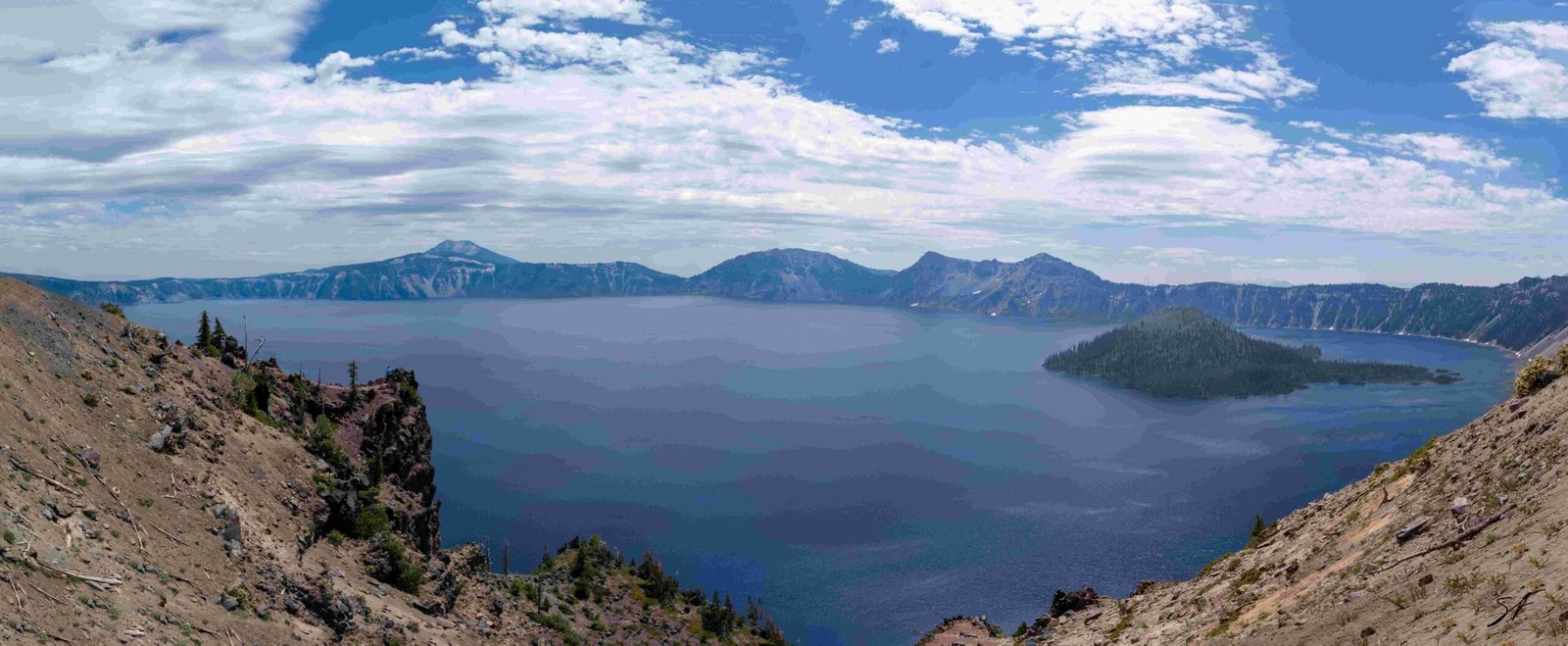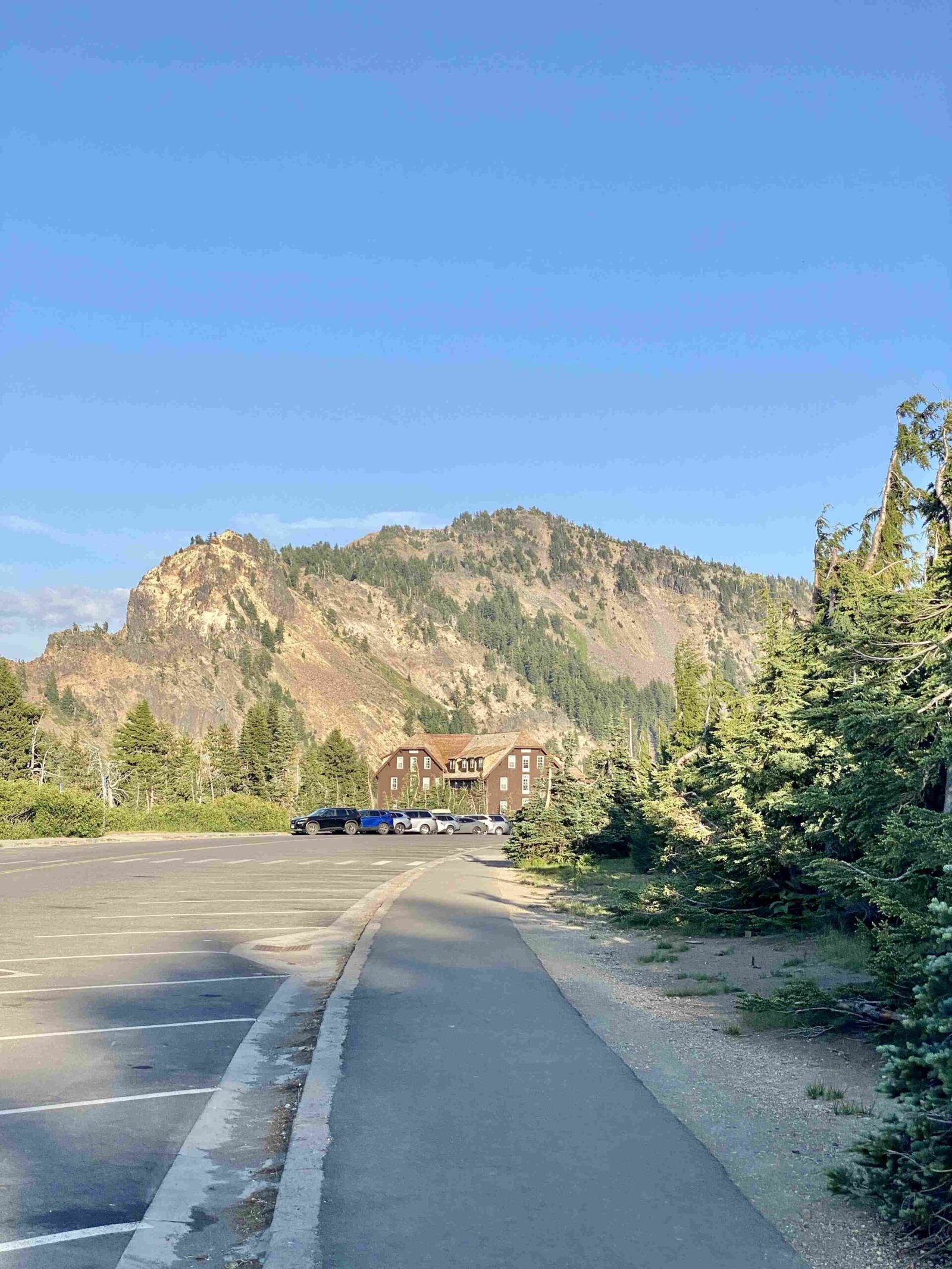Crater Lake National Park offers an extraordinary celestial canvas where the Milky Way unfolds in spectacular brilliance. Nestled in Oregon’s pristine wilderness, this dark sky destination provides photographers and stargazers an unparalleled opportunity to witness our galaxy’s luminous core against a backdrop of volcanic landscapes, with summer months presenting optimal conditions for capturing the cosmic spectacle.
What Makes Crater Lake Perfect for Milky Way Viewing?

Crater Lake National Park presents a unique astronomical environment characterized by:
- Minimal Light Pollution: Located in a remote wilderness area
- High Elevation: Approximately 7,000 feet above sea level
- Clear Summer Skies: Consistent atmospheric conditions
- Unique Geological Backdrop: Volcanic landscape enhancing photographic compositions
When Can You Best Observe the Milky Way?
| Month | Visibility | Recommended Dates |
|---|---|---|
| June | Excellent | 15-30 |
| July | Peak | 1-20 |
| August | Very Good | 10-25 |
| September | Good | 1-15 |
Where Are the Top Stargazing Locations?
- Rim Road Overlooks
- Panoramic 360-degree views
- Multiple accessible parking areas
-
Elevation ranges 6,900-7,700 feet
-
Watchman Peak
- Highest visibility point
- Requires short hiking trail
-
Unobstructed celestial views
-
Cloudcap Overlook
- Eastern lake perspective
- Minimal terrain interference
- Ideal for wide-angle photography
What Equipment Do You Need?

Essential astrophotography gear includes:
- Full-frame digital camera
- Wide-angle lens (14-24mm)
- Sturdy tripod
- Remote shutter release
- Extra batteries
- Red headlamp
- Star tracking mount (optional)
How to Capture Stunning Milky Way Images?
Technical recommendations:
- Use manual focus
- Set ISO between 1600-6400
- Aperture around f/2.8-f/4
- Shutter speed: 10-30 seconds
- Use manual white balance
- Shoot in RAW format
Safety and Park Regulations
Critical Considerations:
– No specific astrophotography permits required
– Follow Leave No Trace principles
– Carry appropriate cold-weather clothing
– Inform park rangers about your photography plans
– Avoid hiking remote trails after dark
Recommended Camera Settings
Camera Mode: Manual
Focus: Manual (Infinity)
ISO: 3200
Aperture: f/2.8
Shutter: 20 seconds
White Balance: Daylight/Custom
Weather and Astronomical Conditions
Optimal viewing requires:
– New moon phase
– Clear skies
– Minimal atmospheric interference
– Summer temperature range (50-70°F)
Pro Tips for Milky Way Photography
- Scout locations during daylight
- Use smartphone apps for precise star tracking
- Practice long exposure techniques
- Bring warm layers
- Check weather forecasts meticulously
Potential Challenges
- Unpredictable mountain weather
- Rapid temperature drops
- Limited accessibility during winter
- Potential wildlife encounters
Best Preparation Strategies
- Check lunar calendar
- Monitor weather forecasts
- Carry backup equipment
- Plan multiple shooting locations
- Understand park regulations
Final Recommendation: Visit during July and August for the most reliable Milky Way viewing experience at Crater Lake National Park.
Technical Photography Notes
- Recommended lens: 14-24mm f/2.8
- Focal length: 14-16mm preferred
- Exposure time: 15-25 seconds
- Post-processing: Use noise reduction techniques
Reference:
– National Park Service
– Dark Site Finder
– NASA Night Sky Network

